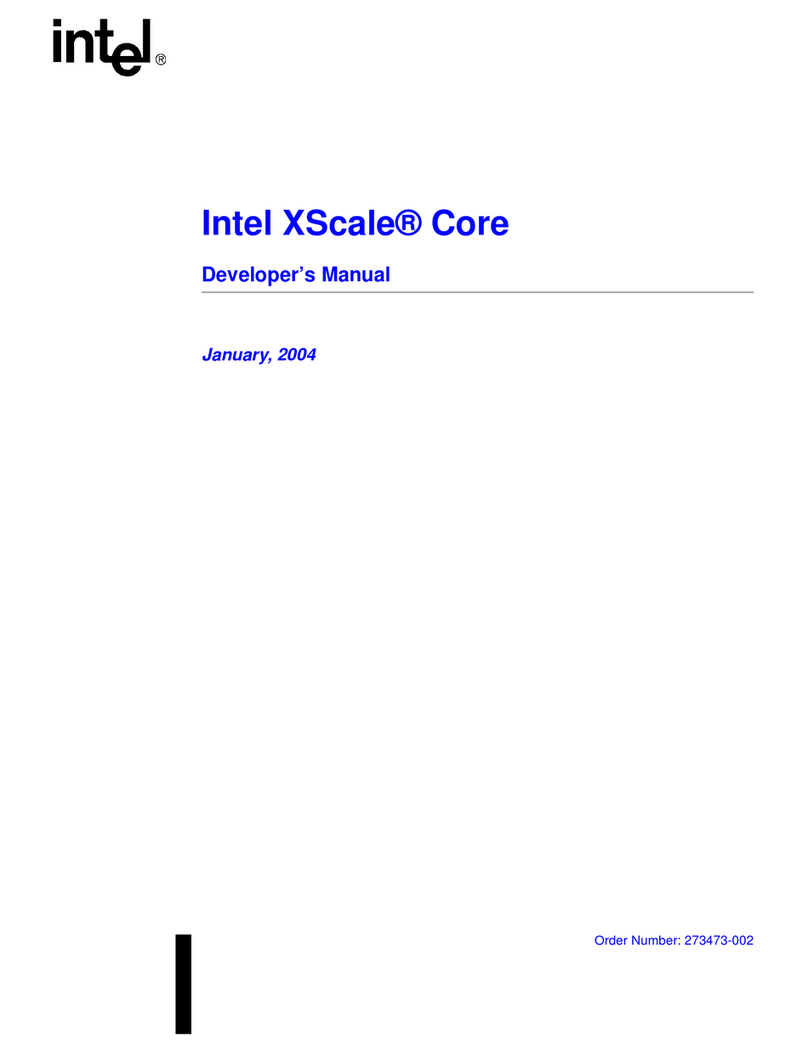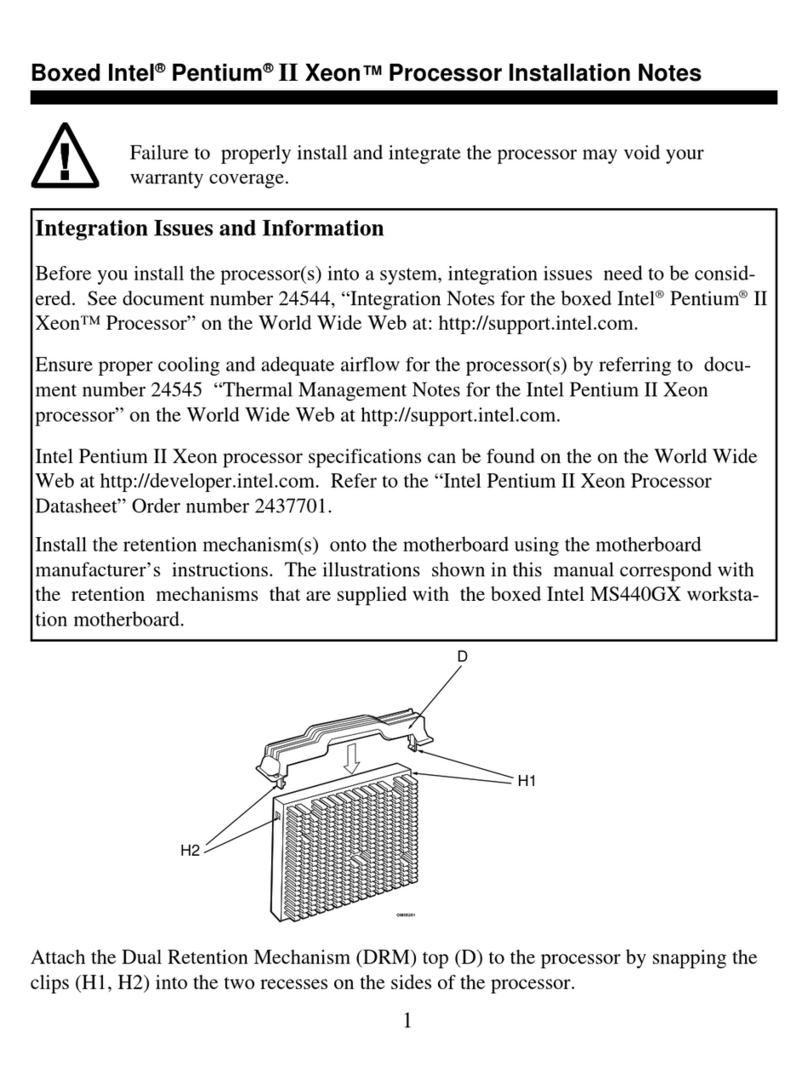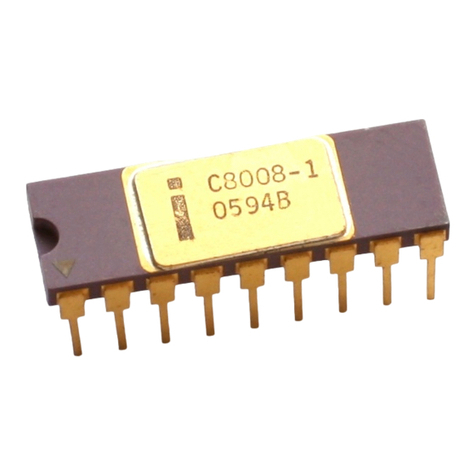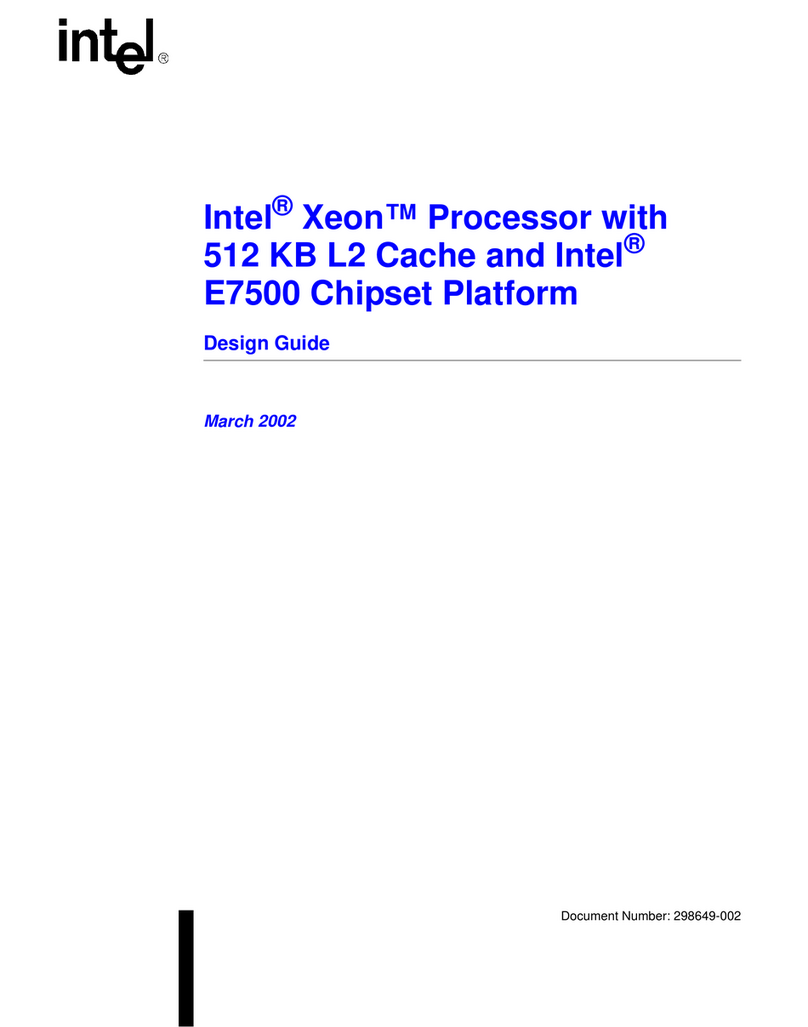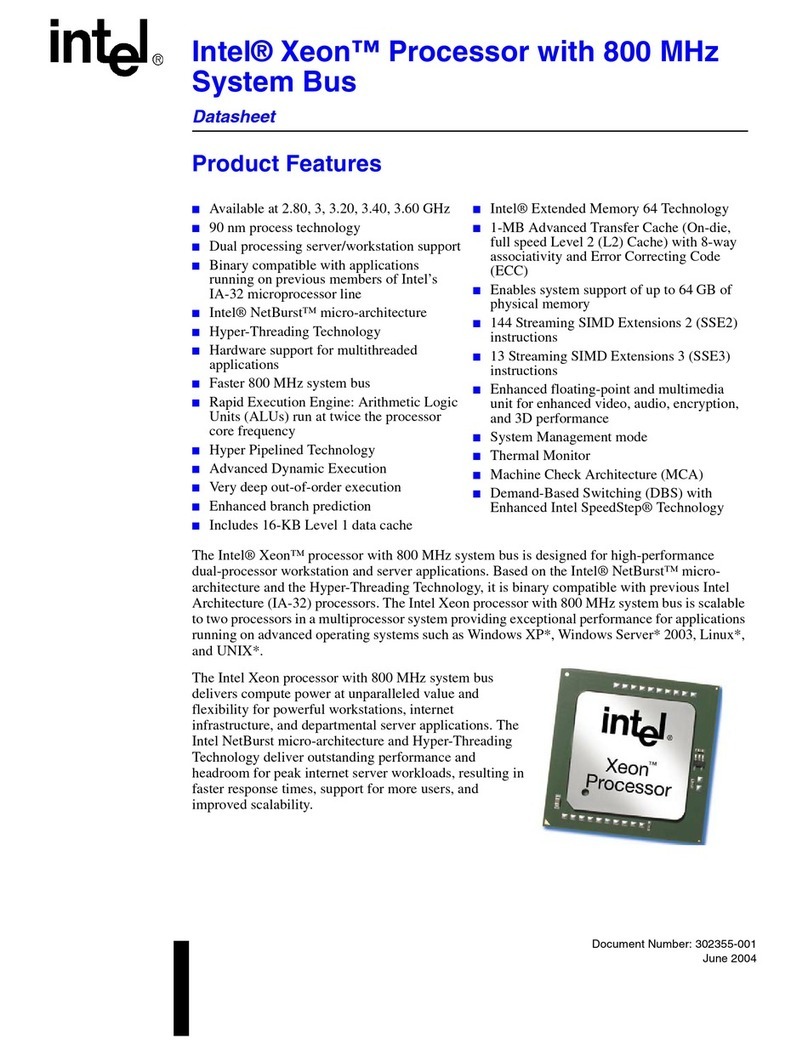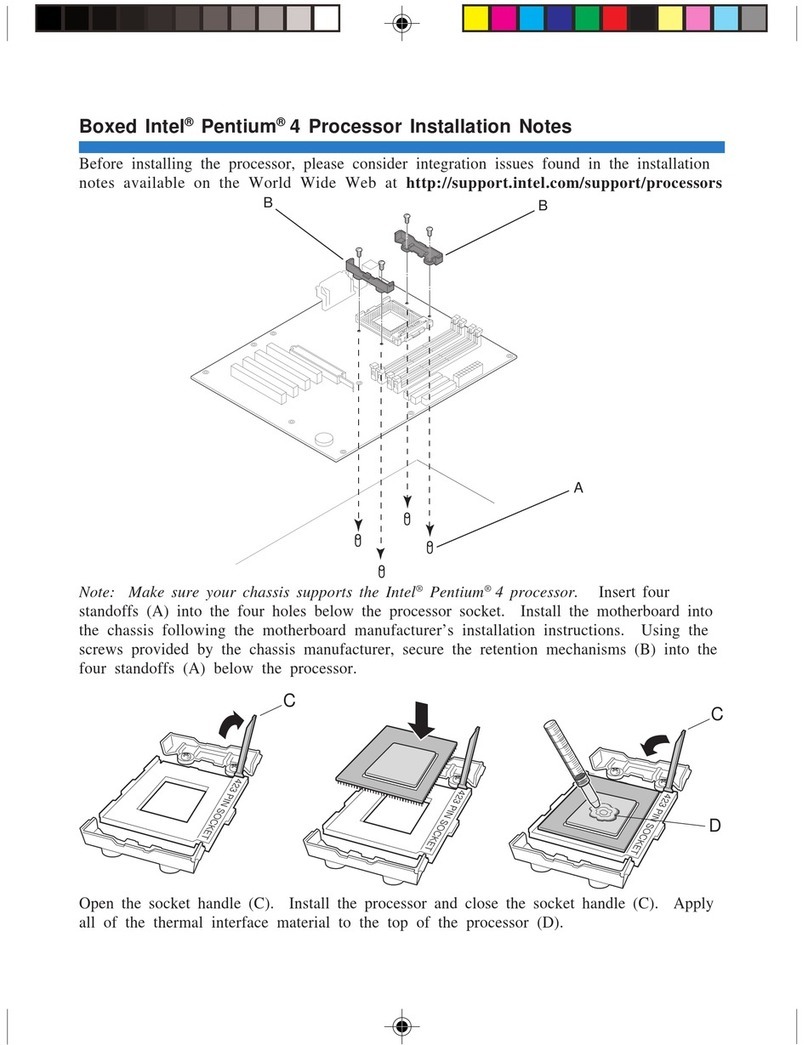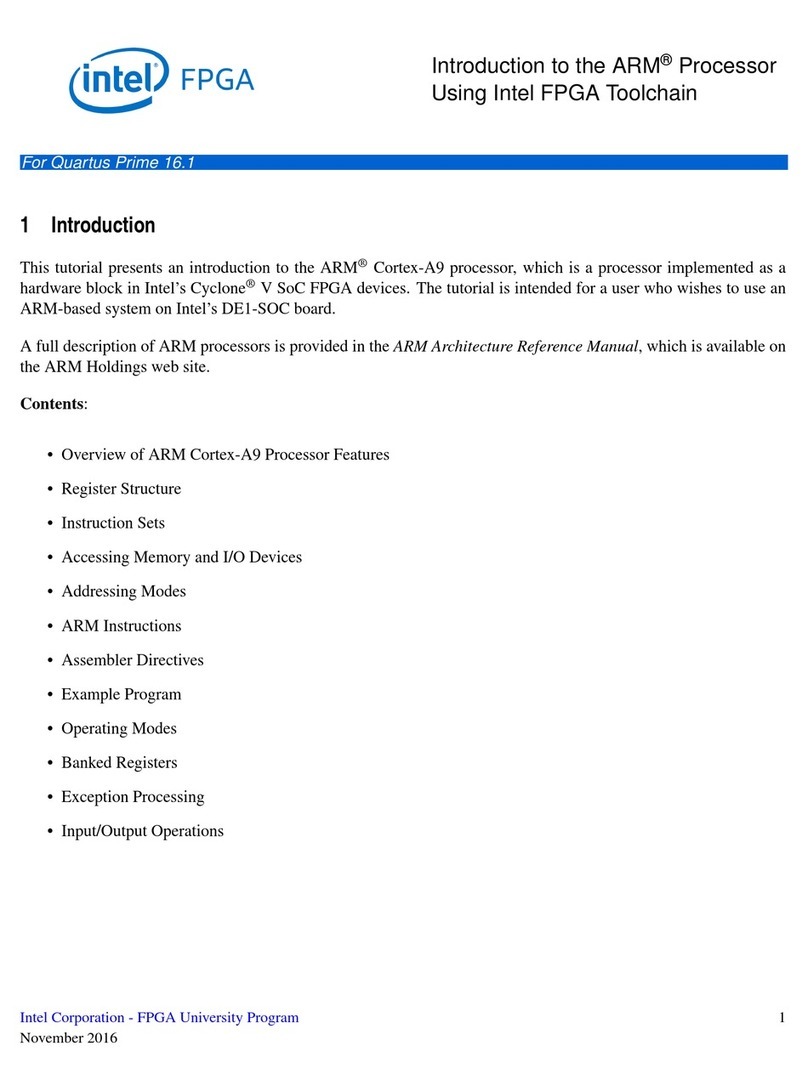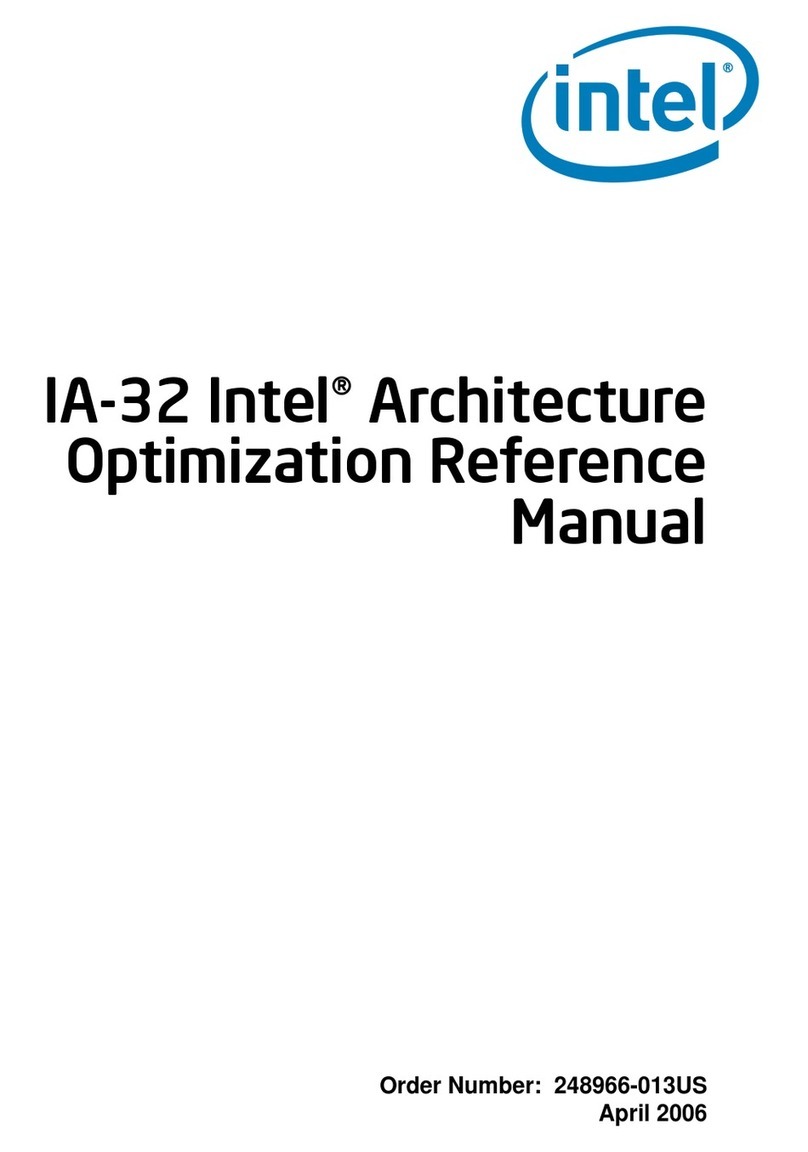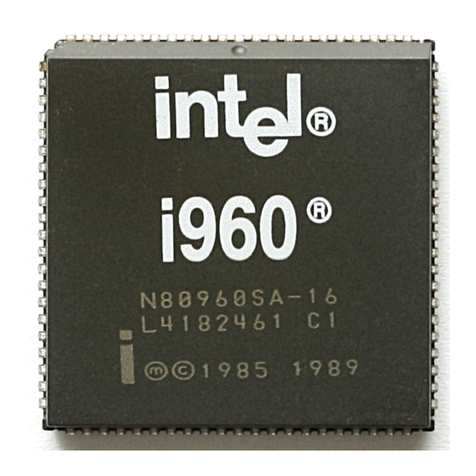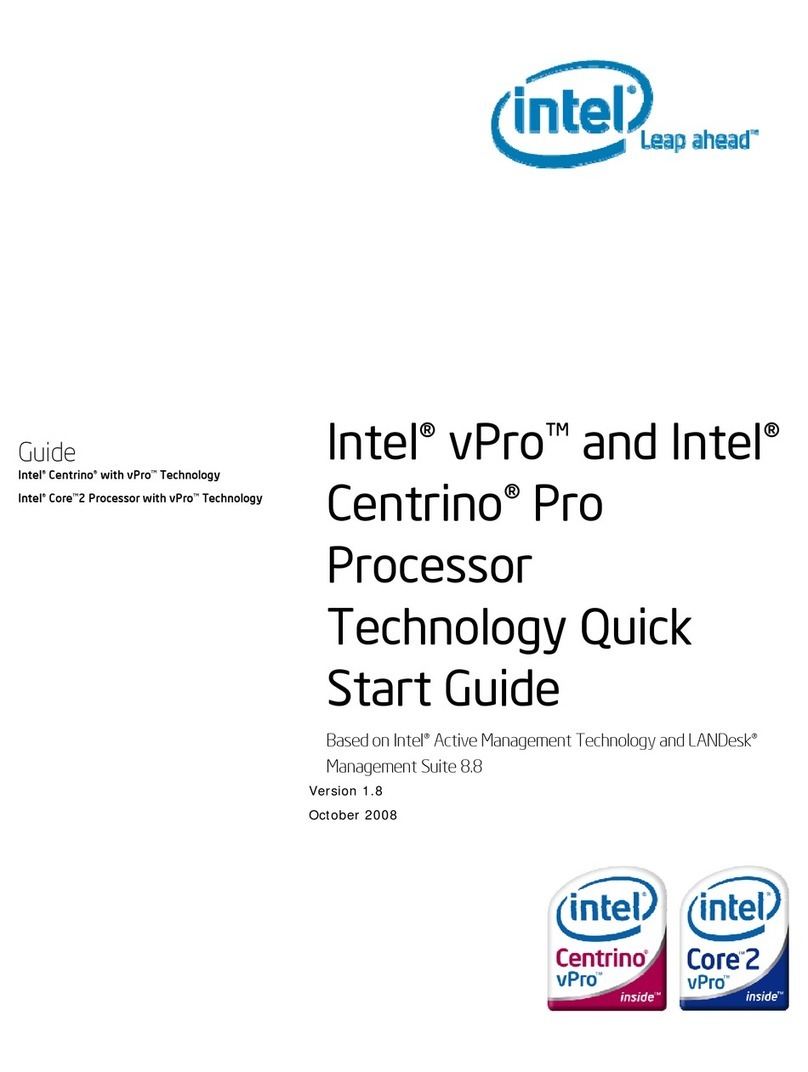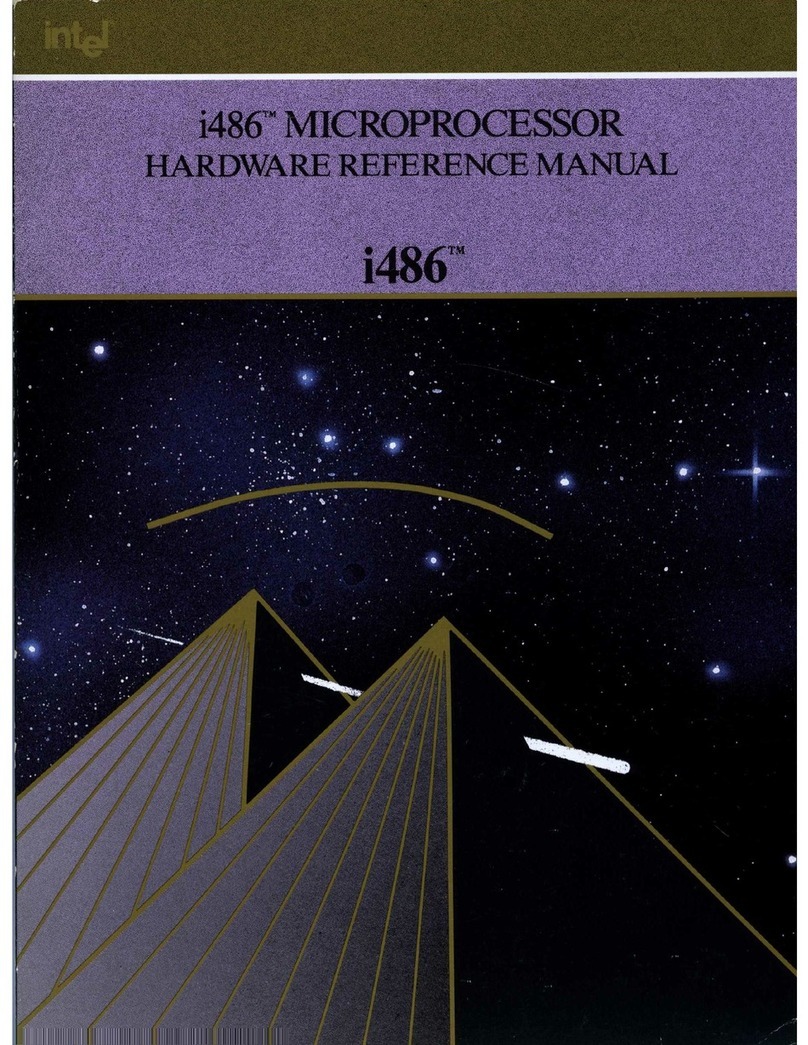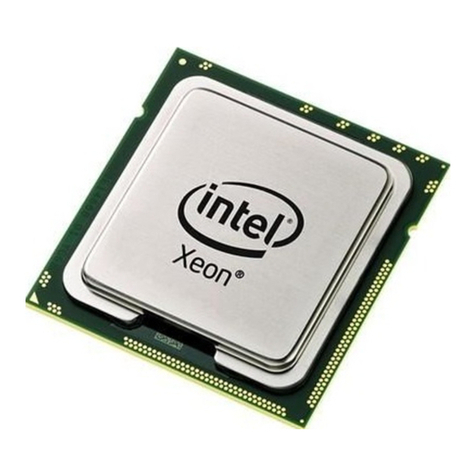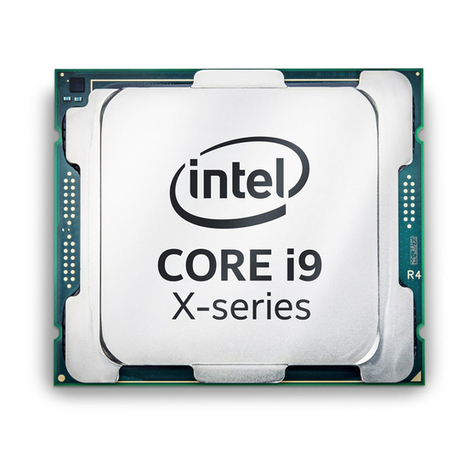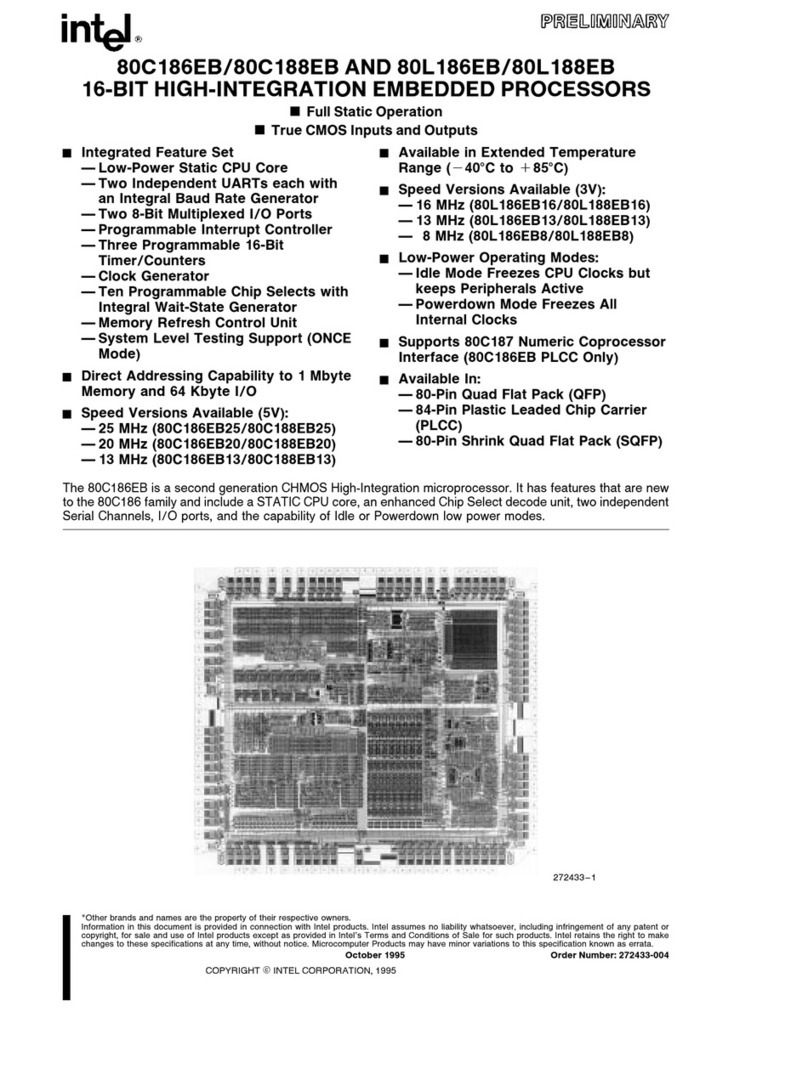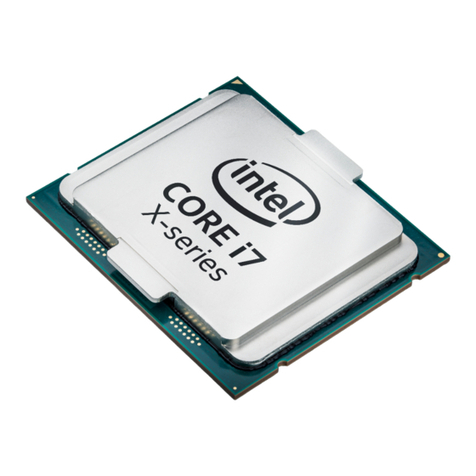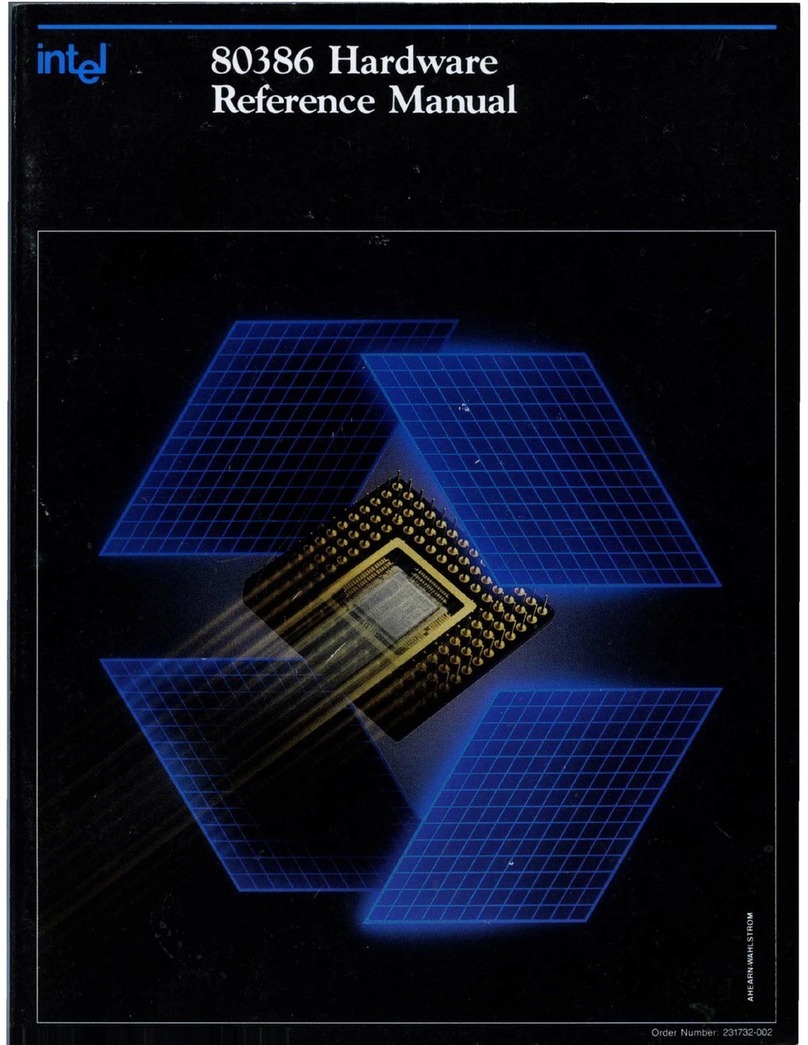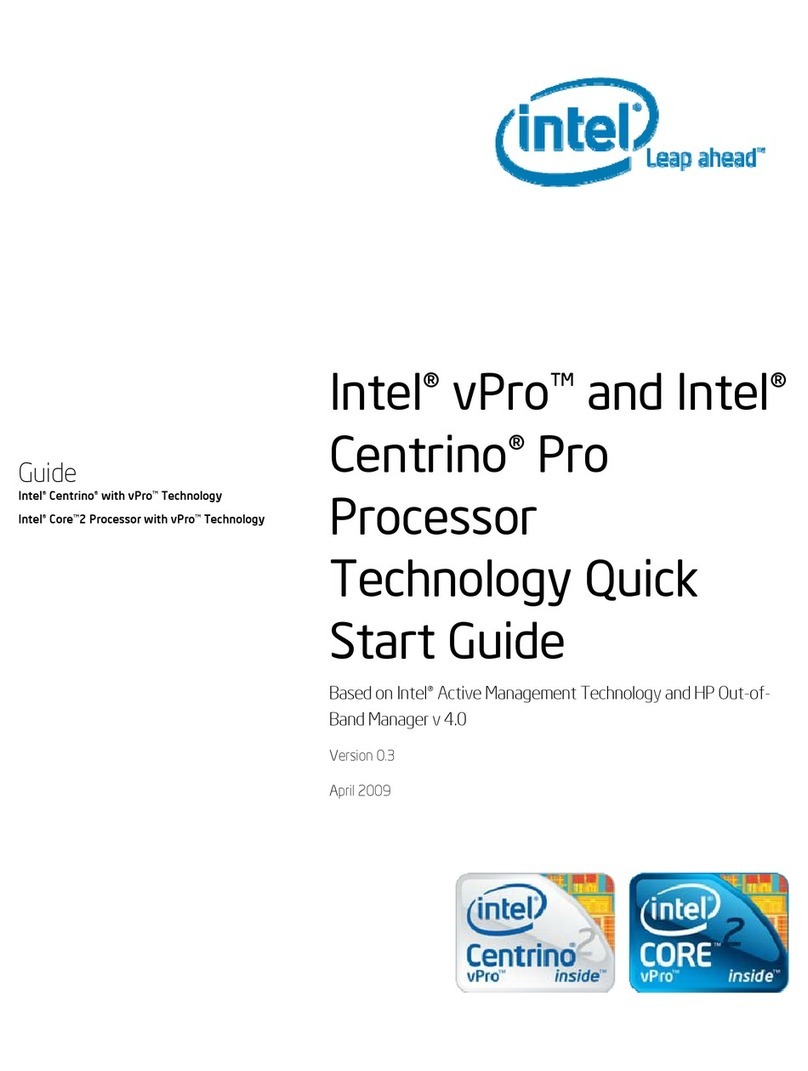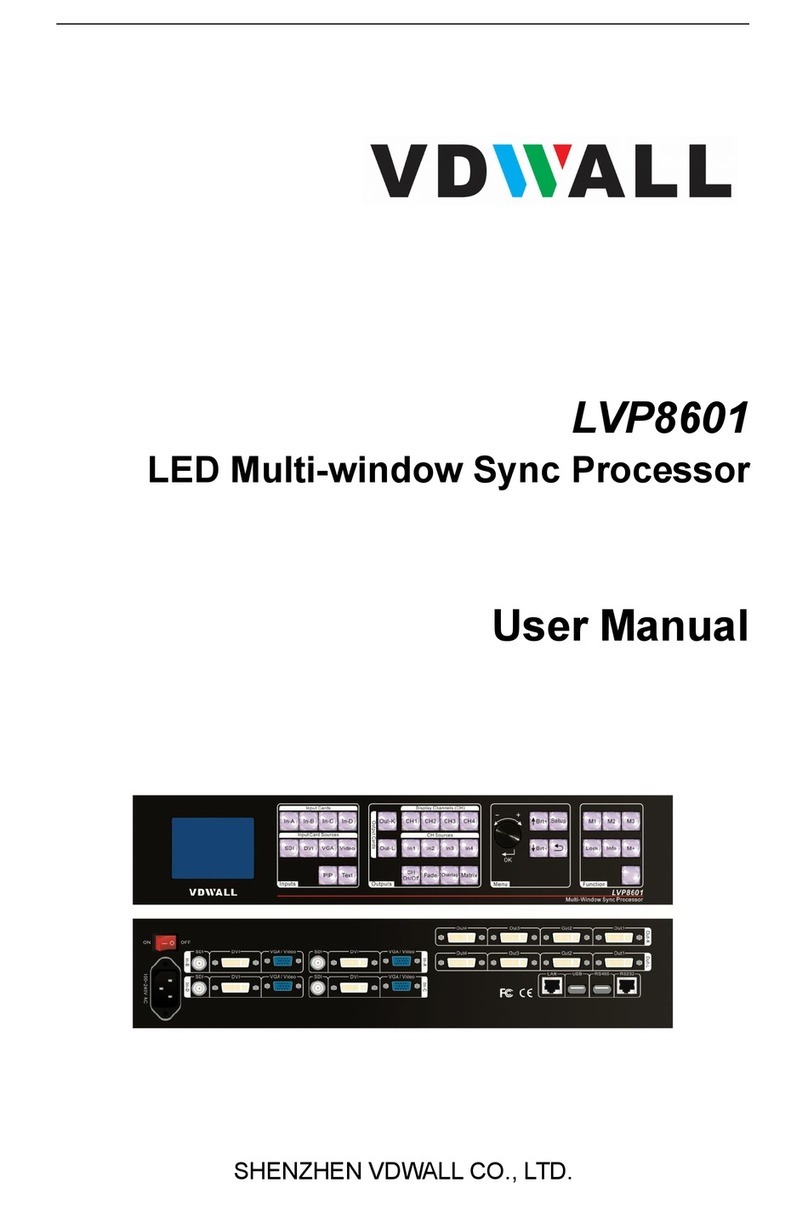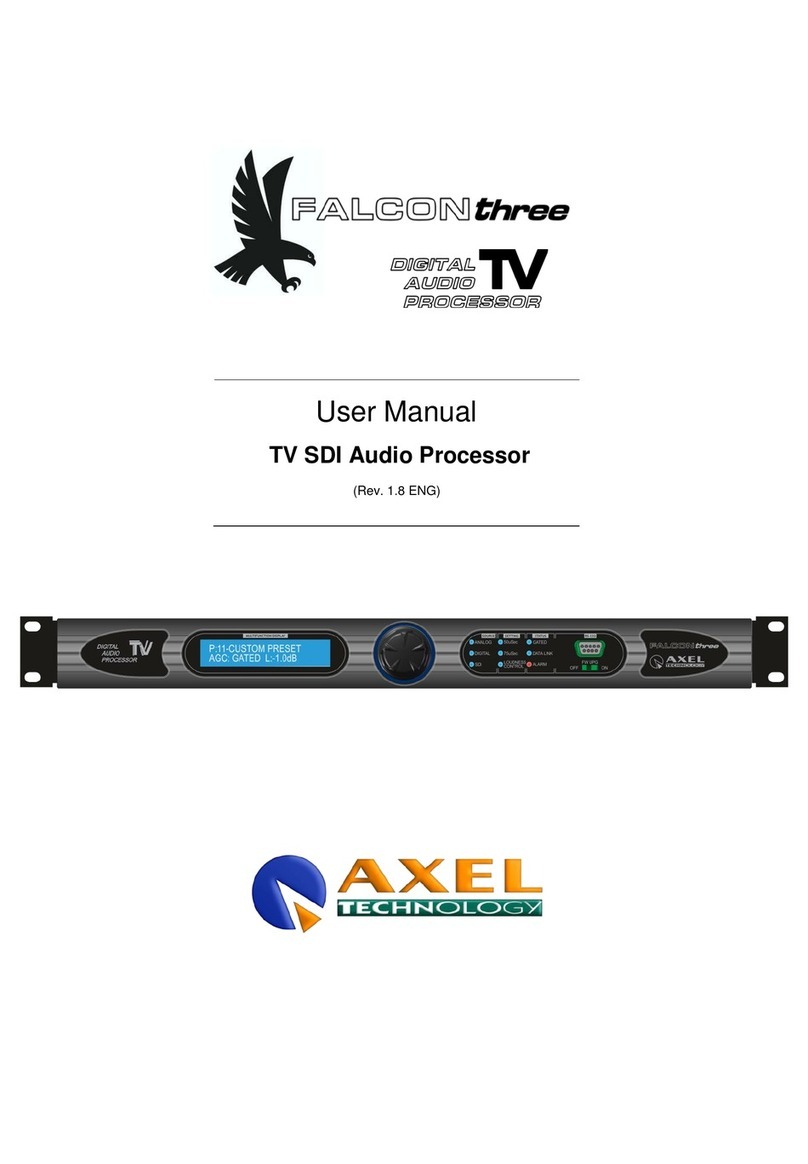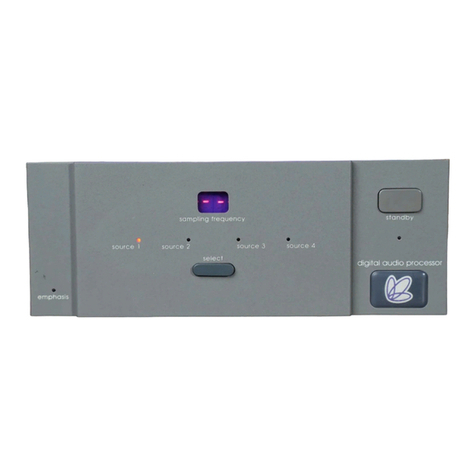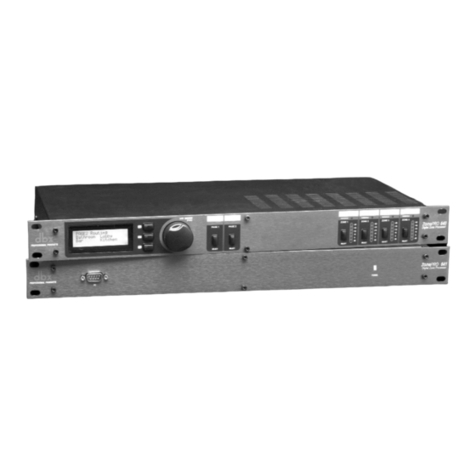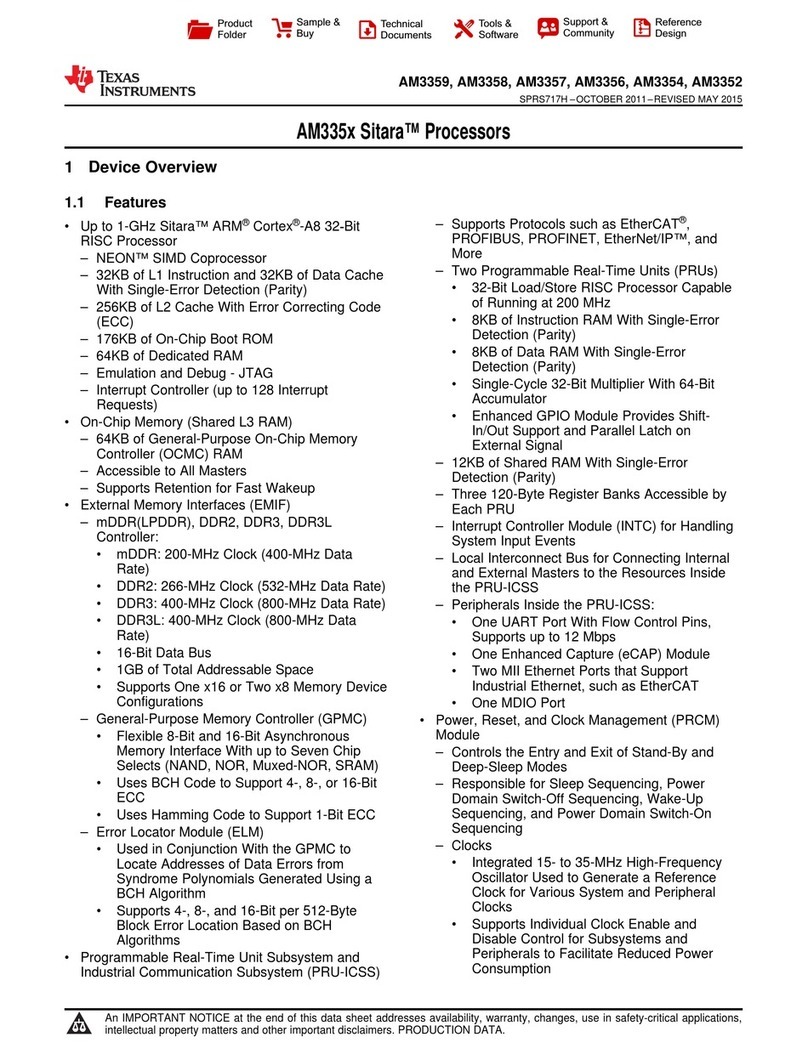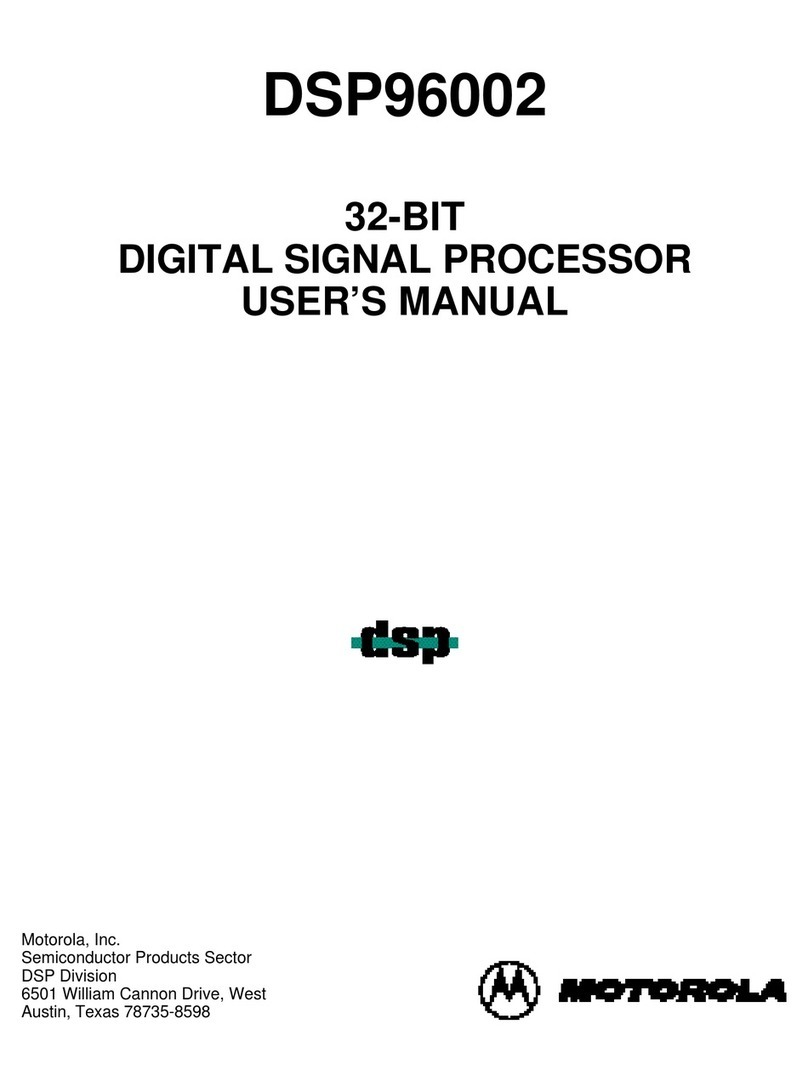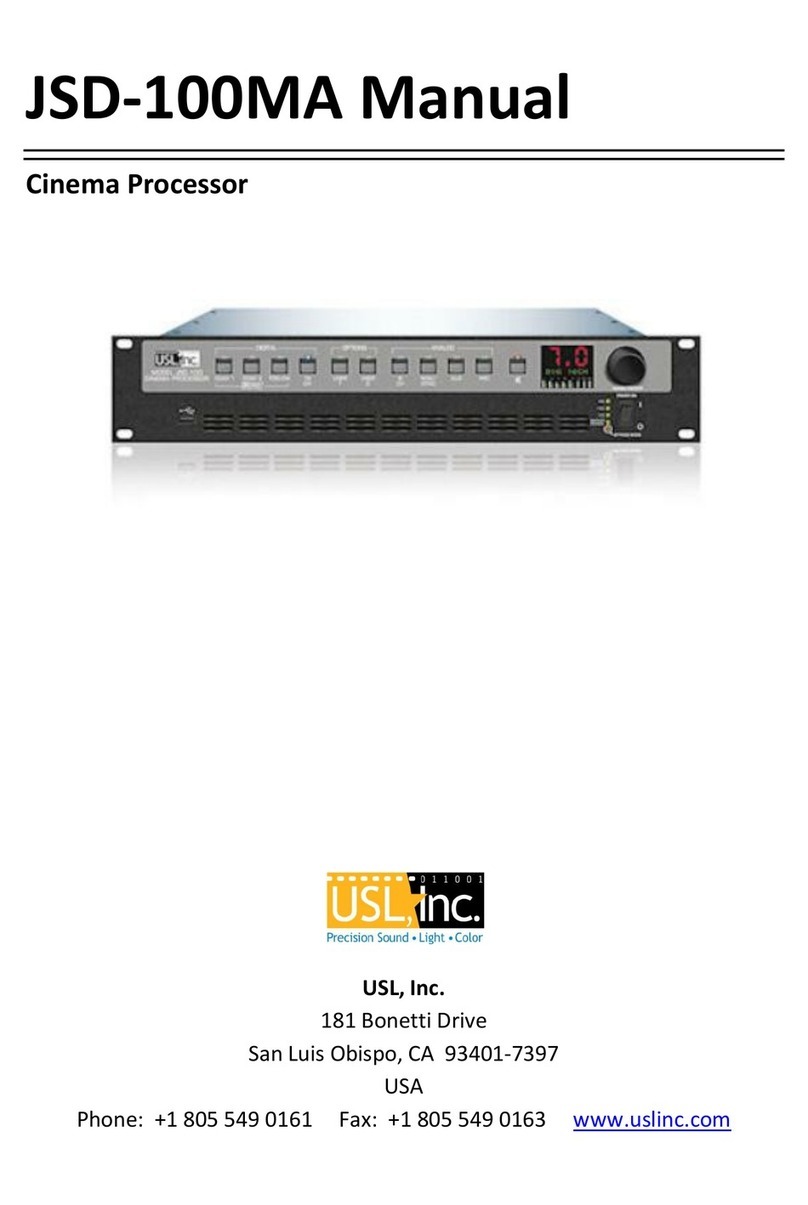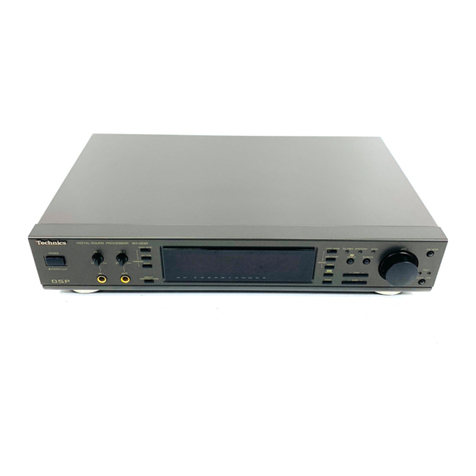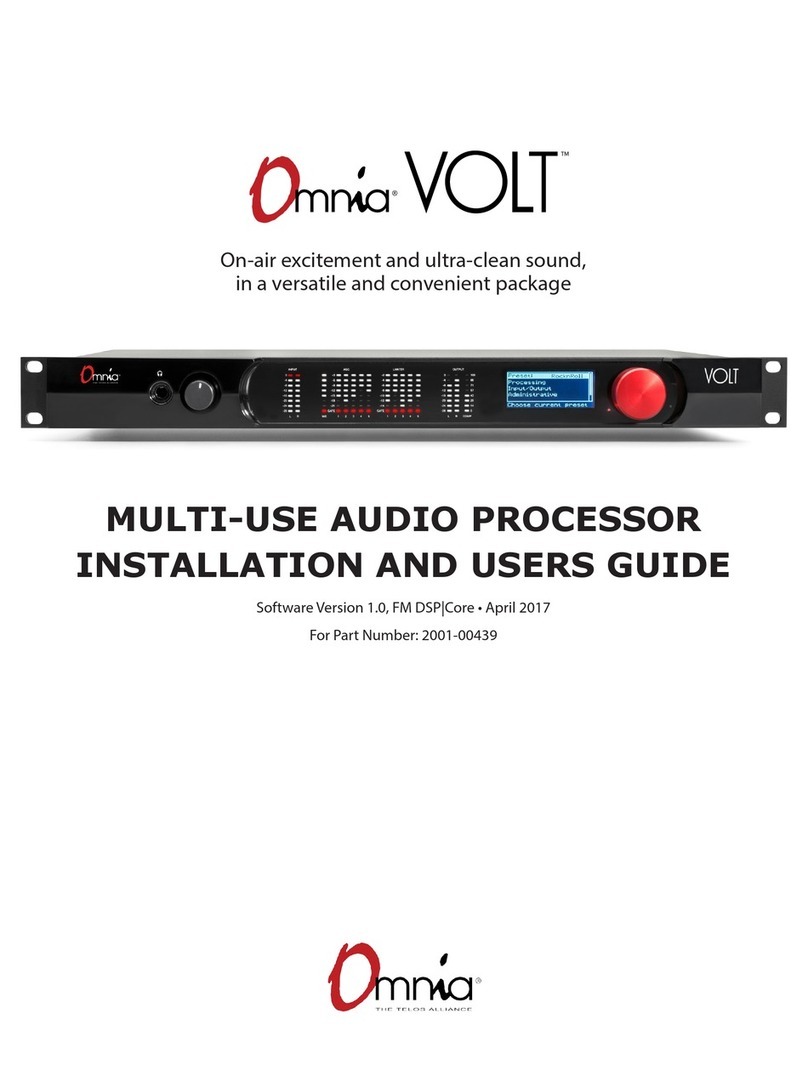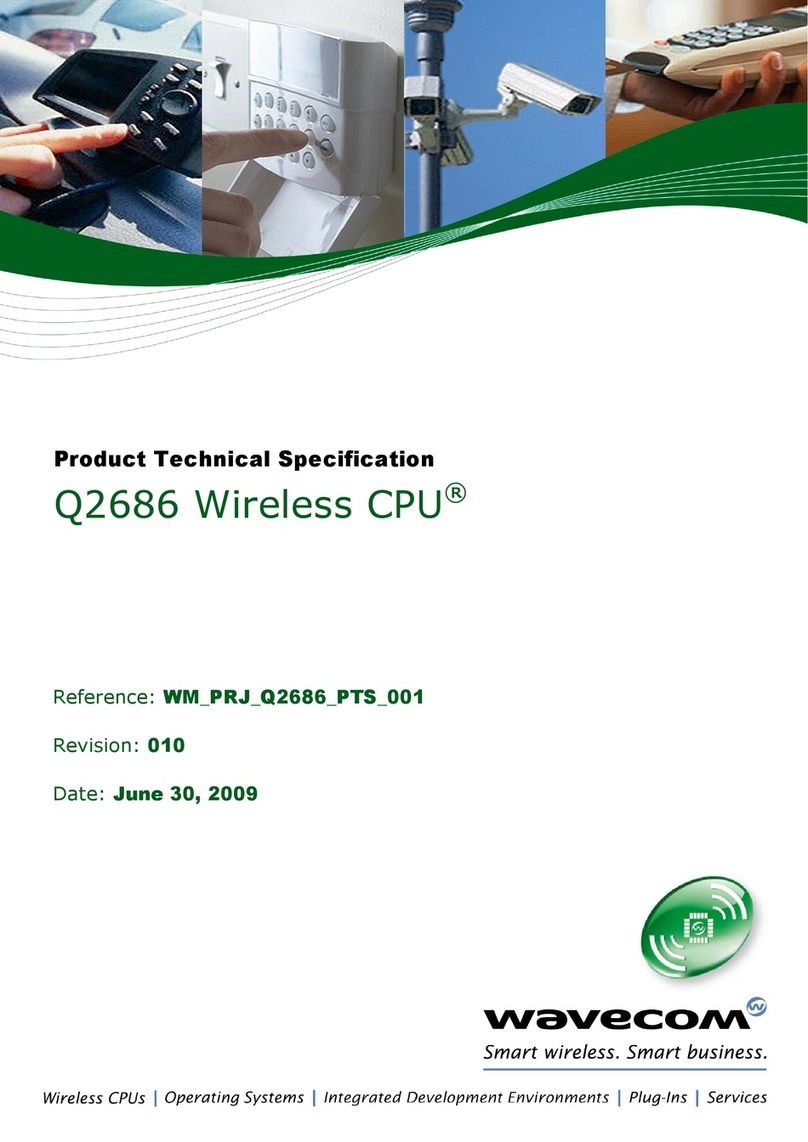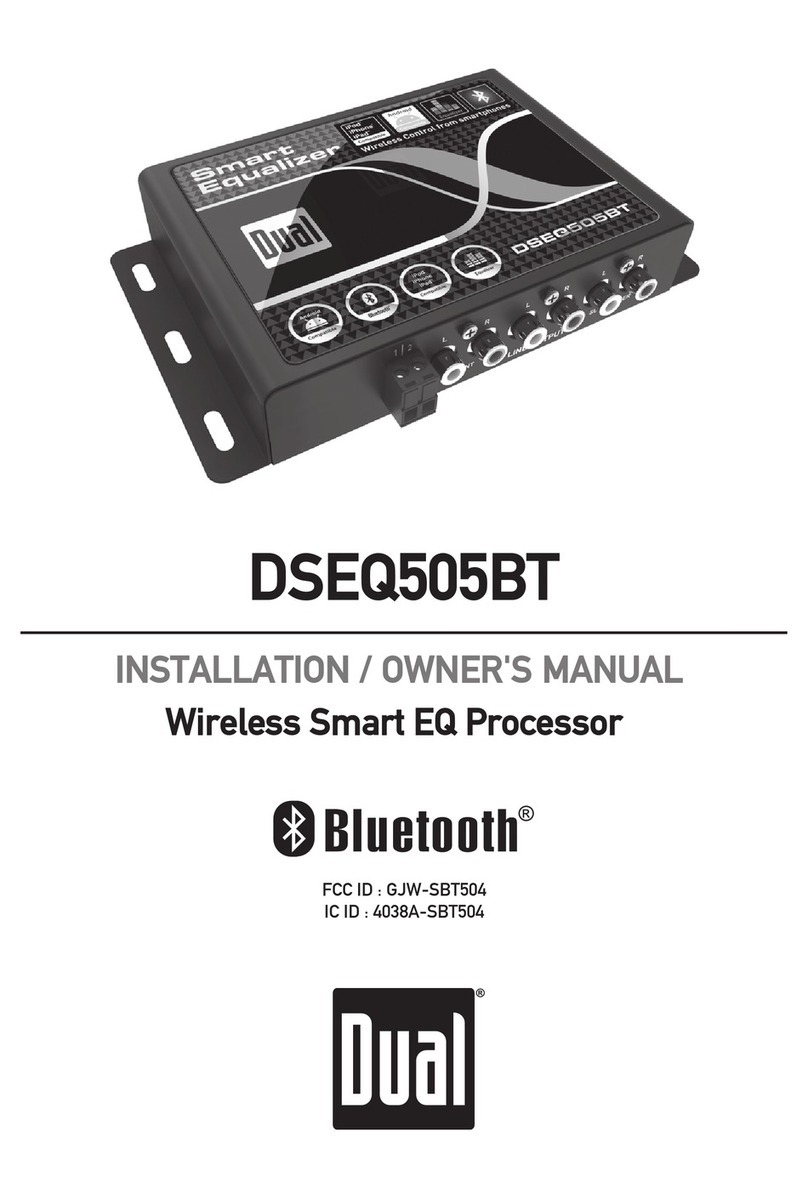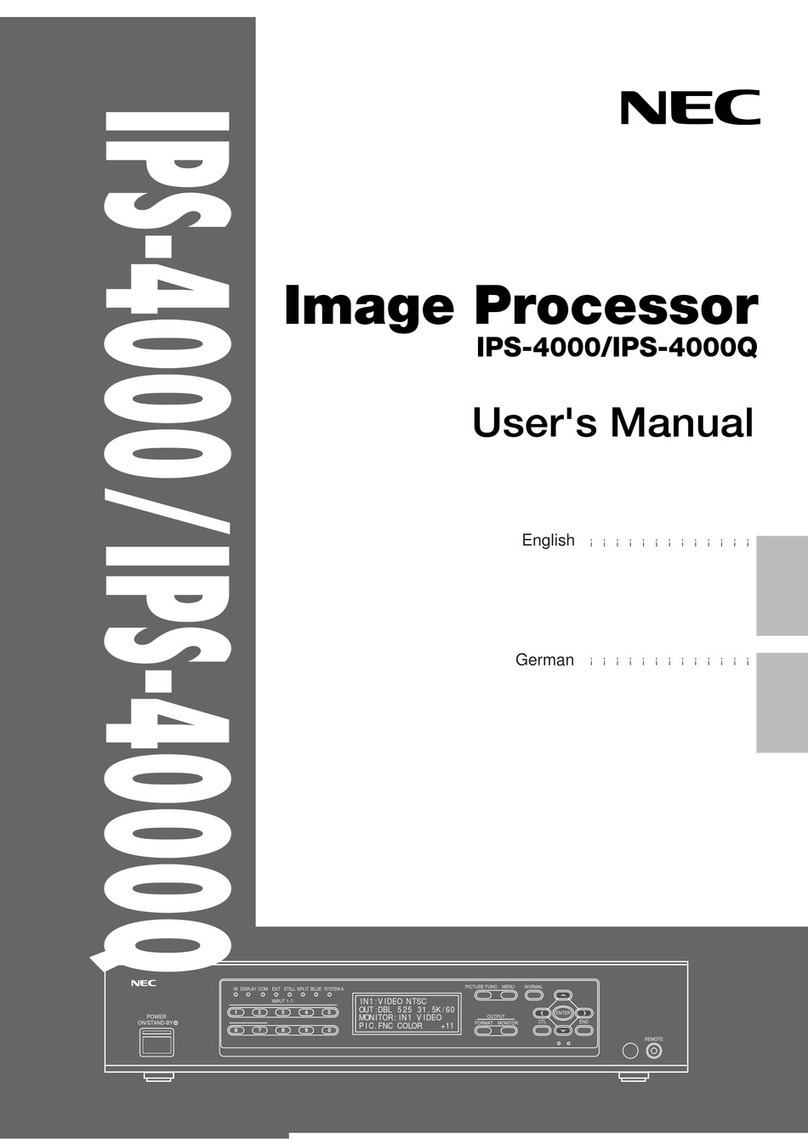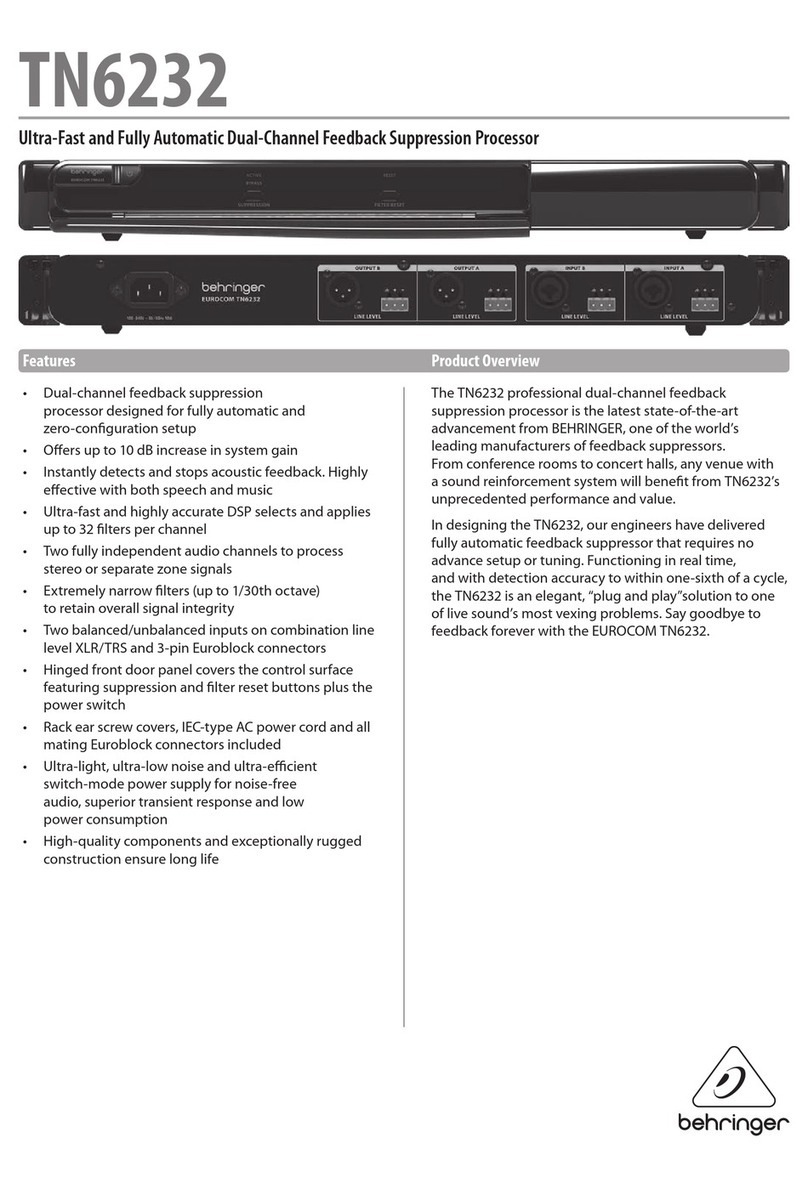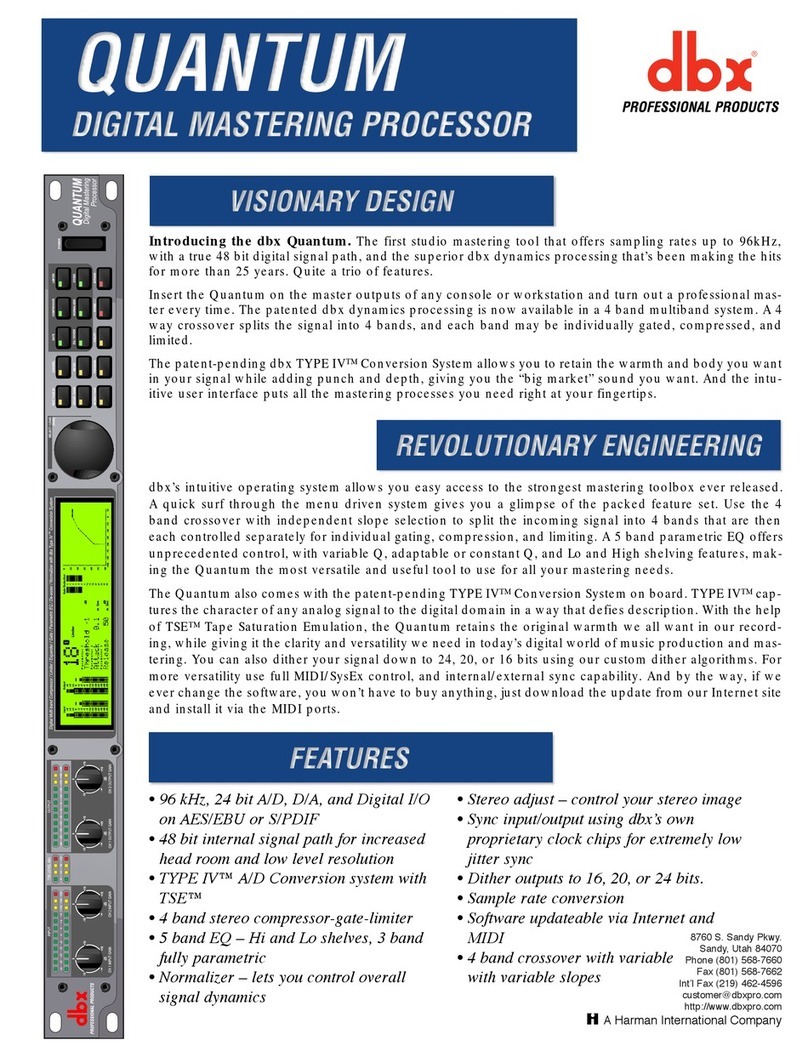TABLE
OF
CONTENTS
1-26 String Operand Addressing
..........................
;
.........
,
.....
: ;
...........
,
1-21
1-27
110
Port Addressing
.................................................
"
...........
1-21
1-28 Typical 8086/88 Machine Instruction Format.
......................
,
...................
1-41
1-29 Machine Instruction Encoding Matrix
................................................
1-44
1-30 8086/8088 DIP Pin Assignments
....................................................
1-65
1-31
Minimum Mode Waveforms
........................................................
1-72
1-32 Maximum Mode Waveforms
.......................................................
1-74
1-33 Elementary Maximum Mode System
.................................................
1-76
1-34 8086/88 Minimum Mode System
................................................
:
...
1-77
1-35 8086/88 Maximum Mode System
...................................................
1-77
1-36 8086/88 Queue Tracking Circuit
....................................................
1-78
1-37 8086/88 Lock Activity. . . . . . . . . . . . . . . . . . . . . . . . . . . . . . . . . . . . . . . . . . . . . . . . . . . . . . . . . . .
..
1-78
1-38 Decoding Memory and
110
RD" and WR" Commands
...................................
1-79
1-39 Linear Select for
110
.
.............................................................
1-79
1-40 Basic 8086/88 Bus Cycles. . . . . . . . . . . . . . . . . . . . . . . . . . . . . . . . . . . . . . . . . . . . . . . . . . . . . . .
..
1-80
1-41
8086 Memory. . . . . . . . . . . . . . . . . . . . . . . . . . . . . . . . . . . . . . . . . . . . . . . . . . . . . . . . . . . . . . . . .
..
1-80
1-42 Memory
Even
and Odd Data Byte Transfers
..........................................
,
1-81
1-43 Memory
Even
and Odd Data Word Transfers . . . . . . . . . . . . . . . . . . . . . . . . . . . . . . . . . . . . . . . .
..
1-82
1-44 8086/8088 Memory Organization
.............................
,
.....................
1-82
1-45 Reserved Memory Locations. . . . . . . . . . . . . . . . . . . . . . . . . . . . . . . . . . . . . . . . . . . . . . . . . . . . .
..
1-82
1-46 8086/8088 Memory Array
.........................................................
1-83
1-47 EPROMIROM Bus Interface
.......................................................
1-83
1-48 Chip Select Generation for Devices Without Output Enables. . . . . . . . . . . . . . . . . . . . . . . . . . . .
..
1-83
1-49 Chip Selection for Devices With Output Enables
.......................................
1-84
1-50 Sample Compatibility Analysis Configuration . . . . . . . . . . . . . . . . . . . . . . . . . . . . . . . . . . . . . . . .
..
1-84
1-51
5 MHz 8086 System
USing
an
8202 Dynamic
RAM
Controller
.............................
1-85
1-52 8202 Timing Information
.............................................
,
............
1-86
1-53 2118 Family Timing
..............................................................
1-87
1-54
110
Device Chip Select Techniques
..................................................
1-88
1-55 16-bit to 8-bit Bus Conversion . . . . . . . . . . . . . . . . . . . . . . . . . . . . . . . . . . . . . . . . . . . . . . . . . . . .
..
1-88
1-56 Bipolar
PROM
Decoder. . . . . . . . . . . . . . . . . . . . . . . . . . . . . . . . . . . . . . . . . . . . . . . . . . . . . . . . .
..
1-88
1-57 16-bit I/O Decode
................................................................
1-88
1-58 8086 System Configurations
......................................................
, 1-90
1-59 Device Assignment
.....................................
; . . . . . . . . . . . . . . . . . . . . . .
..
1-91
1-60
110
Input Request Code Example
................................
,
.................
, 1-92
1-61
Block Transfer to 16-bit
110
Using 8086/88 String Primitives
...............................
1-92
1-62 Block Transfer to 8-bit
110
USing
8086/88 String Primitives. . . . . . . . . . . . . . . . . . . . . . . . . . . .
..
..
1-92
1-63 Code For Block Transfers
..........................................................
1-93
1-64 Multiplexed Data Bus
.............................................................
1-93
1-65 Buffered Data
Bus.
. . . . . . . . . . . . . . . . . . . . . . . . . . . . . . . .
..
. . . . . . . . . . . . . . . . . . . . . . . . . .
..
1-93
1-66 Devices With Output Enable
on
the Multiplexed Bus
....................................
1-93
1-67 Relationship of ALE to READ
......................................................
1-94
1-68 Devices Without Output Enable
on
the Multiplexed Bus
..................................
1-94
1-69 Access Time:
CS
Gated with
AO"twR"
..............................................
1-94
1-70
CE
TO
WR" Setup and Hold
......................................................
, 1-94
1-71
Bus Transceiver Control.
..........................................................
1-95
1-72 Devices With Output Enable
on
the System Bus
.......................................
1-95
1-73 CS"/Bus Driving Device Timing
....................................................
1-95
1-74 De-multiplexing Address and Data From the Processor Bus
..............................
1-96
1-75 Multiplexed Bus With Local Address Oemultiplexing
...................................
, 1-96
1-76 Fully Buffered System
...................................................•.........
1-97
1-77 ContrOlling System Transceivers with
DEN
and OT/R"
...................................
1-97
1-78 Buffering Devices with OE"/RO"
.........................................
"
.....
"
..
1-97
1-79 Buffering Devices Without OE"/RO" and With Common or Separate Input/Output.
............
1-97
1-80 Buffering Devices Without OE"/RO" and With Common or Separate Input/Output
.............
1-97
1-81
Buffering Devices Without OE"/RO" and With Separate Input/Output.
......................
1-98
viii
